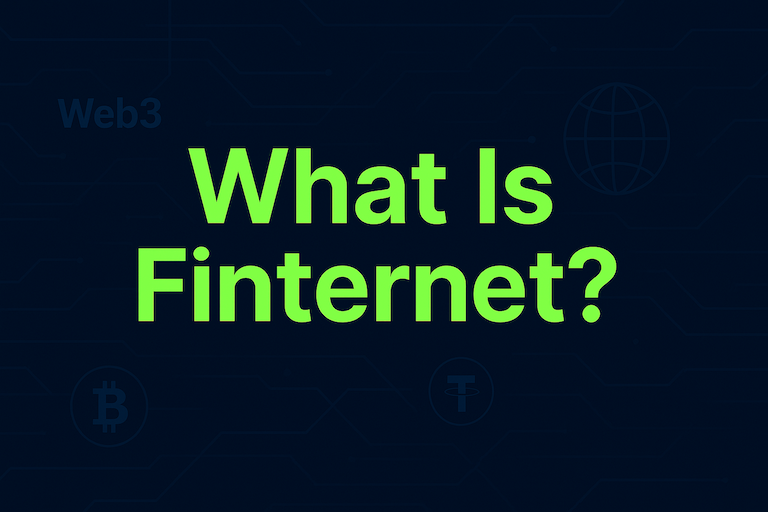What Are ARC-20 Tokens?
Feb 11, 2025
ARC-20 tokens are a new experimental token standard designed for the Bitcoin network using the Atomicals protocol. These tokens allow for the creation, transfer, and management of fungible tokens within the Bitcoin ecosystem, providing an innovative method to represent digital ownership. Inspired by the BRC-20 token standard, ARC-20 tokens bring new possibilities to the Bitcoin blockchain, enabling the creation of tokenized assets and facilitating decentralized finance (DeFi) applications. In this article, we explore how ARC-20 tokens work, their role within the Atomicals protocol, and their potential use cases within the broader blockchain ecosystem.
What Are ARC-20 Tokens?
ARC-20 tokens are fungible digital assets built using the Atomicals protocol, designed to function on the Bitcoin network. These tokens are modeled after the BRC-20 token standard and aim to bring the benefits of tokenization to Bitcoin, which traditionally has not supported advanced token standards. What makes ARC-20 unique is its use of Bitcoin’s UTXO model, allowing for a more decentralized, trust-minimized approach to token creation and management. These tokens are attached to satoshis, the smallest unit of Bitcoin, which ensures that the value of each token is linked to Bitcoin’s own value.
Developed by the community using the Atomicals protocol, ARC-20 tokens are not officially issued by a central entity, ensuring a more decentralized and community-driven approach. Despite being experimental, these tokens represent a step forward in Bitcoin's tokenization capabilities, potentially paving the way for DeFi solutions and other blockchain innovations. Unlike traditional tokens on Ethereum, ARC-20 tokens offer unique properties, including the ability to carry their entire transaction history on-chain, which ensures transparency and decentralization.
ARC-20 tokens are built using the Atomicals protocol on the Bitcoin network.
These tokens are linked to satoshis, ensuring their value is tied to Bitcoin.
The tokens are decentralized and community-driven, with no central authority.
They provide new opportunities for tokenization on the Bitcoin network.
ARC-20 tokens carry their entire transaction history, enhancing transparency.
How Do ARC-20 Tokens Work?
ARC-20 tokens use satoshis as the base unit, with each token being tied to a specific satoshi. This setup allows ARC-20 tokens to be transferred, split, or combined just like Bitcoin itself. The first creation and registration of a token's ticker are permanent, meaning the token name and symbol cannot be reused. Each ARC-20 token also retains its entire transaction history, making it possible to trace its origins and ownership without relying on a centralized service.
Unlike Ethereum-based tokens, which operate on a complex set of smart contracts, ARC-20 tokens work directly within Bitcoin’s simpler UTXO model. This means they benefit from Bitcoin’s robust security and decentralization while introducing the flexibility of tokenized assets. The integration of a built-in ticker and name service ensures that each token is unique and identifiable within the Bitcoin network. The tokens can be used for a variety of applications, from gaming and digital identity management to decentralized finance (DeFi).
ARC-20 tokens use satoshis to represent their value, allowing them to be transferred and combined.
The first mint and ticker registration of each ARC-20 token is permanent and unique.
Tokens carry their full transaction history, which adds transparency and trust.
ARC-20 tokens operate within Bitcoin's UTXO model, benefiting from Bitcoin's security.
They can be used for various purposes, including gaming, DeFi, and digital identities.
Types of Minting ARC-20 Tokens
There are two primary methods for minting ARC-20 tokens: decentralized minting and direct minting. In decentralized minting, creators can specify parameters such as the total supply, the number of tokens minted per transaction, and the minting conditions. This method allows for greater flexibility, as anyone can mint tokens according to the predefined rules set by the creator.
On the other hand, direct minting involves the creation of a single transaction output that contains the entire supply of tokens. This method gives the creator full control over the total token supply and distribution, as they must commit a set amount of satoshis upfront to generate the tokens. While this approach offers more control, it requires a higher degree of trust in the creator’s commitment to the project.
Decentralized minting allows creators to define minting rules and parameters.
Direct minting requires upfront commitment of satoshis and gives creators full control over supply.
Decentralized minting allows for gradual token creation based on set parameters.
Direct minting enhances credibility by ensuring creators have a financial stake in the project.
Both methods offer different benefits depending on the project’s goals and trust model.
Why ARC-20 Tokens Matter
ARC-20 tokens are significant because they represent a step forward in Bitcoin's ability to handle tokenized assets. While Bitcoin has long been the leader in digital currency, it has not supported advanced token standards like Ethereum. ARC-20 provides a simpler, more decentralized approach to tokenization, allowing for a wider range of applications within the Bitcoin ecosystem. These tokens can be used in a variety of contexts, including gaming, decentralized finance (DeFi), and digital identity management.
The ability of ARC-20 tokens to carry their entire transaction history directly on the Bitcoin blockchain removes the need for centralized indexing services, enhancing transparency. This is especially important for projects looking to integrate tokenized assets with decentralized applications (dApps) on the Bitcoin network. The community-driven nature of ARC-20 tokens ensures that they remain decentralized and resilient, making them a promising innovation for the future of Bitcoin-based blockchain technology.
ARC-20 tokens bring tokenization capabilities to the Bitcoin network.
They offer a more decentralized and secure alternative to Ethereum-based tokens.
The tokens can be used in various sectors, including gaming, DeFi, and identity management.
Their transaction history is stored on-chain, ensuring transparency.
ARC-20 tokens pave the way for decentralized applications (dApps) on Bitcoin.
Start your safe cryptocurrency journey now
Fast and secure deposits and withdrawals, OSL safeguards every transaction !


